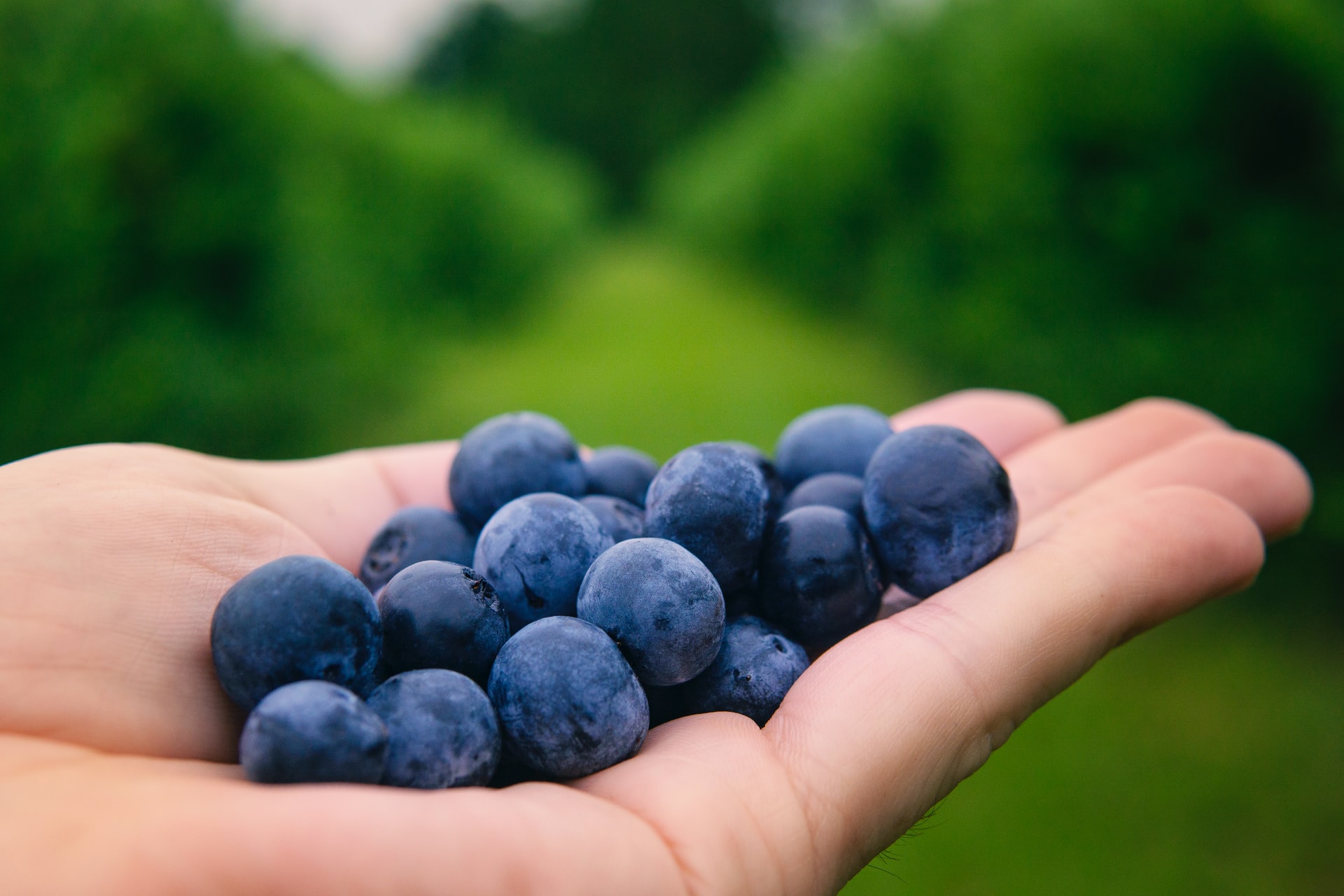
Tackling the Rising Global Blueberry Production and Demand
Introduction
Global blueberry production has consistently increased in the last two decades. The world reached an all-time high of 823,328 tons in 2019, a nearly four-fold increase from production volumes in 2000. (p. 8) The global blueberry production also recorded the highest historical increase between 2018 to 2019, going from 666,451 to 823,328 tons, representing a rise of 23.5%. (p. 10)
The growth in global blueberry production is undoubtedly attributable to the increasing demand for blueberries worldwide. Case in point: RaboResearch found that global blueberry export volume has grown at a compound annual growth rate of about 11% during the past decade until 2021.
Similarly, Research and Markets projected that the global blueberry market would grow at a CAGR of 7.3% between 2019 and 2024.
So, who are the big players in this continuously growing blueberry trade in the world? Read on to know more about the most significant contributors to the global blueberry trade.
Which Countries Lead in Blueberry Production?
The world has more than doubled the blueberry harvest area in 2019 to 119,000 hectares compared with the harvest area of only 54,000 hectares in 2000. (p. 9) Between 2000 and 2019, the rise in blueberry planting acreage totaled 64,643 hectares, an increase of 117.9%, with an average annual increase of 4.3%. (p. 9) The increase in harvest area contributes to the recorded global blueberry production growth.
The US was the primary producer of blueberries in 2019, with 308,706 tons, which is 37.5% of the global blueberry production. (p. 10) It was followed by Canada, Peru, Spain, and Mexico. (p. 10)
Overall, the US and Canada account for almost 60% of the global blueberry production. (p. 29) Although in terms of yield, Peru is leading with 16.8 tons per hectare. (p. 10) Meanwhile, the US is fifth in this segment.
Who are the Blueberry Export Leaders?
The global blueberry export is increasing. Global exports by 2025 to 2026 are estimated to reach nearly 900,000 metric tons, with 70% coming from the top exporting countries of Peru, Chile, Canada, Mexico, Spain, and Morocco.
Similarly, Peru has become the largest exporter of fresh blueberries worldwide since 2019-20, taking 27.6% of the world’s market share in export value. In fact, Peru is the only exporter that has reached the USD 1 billion valuation for the product. (p. 30)
Chile is the second biggest exporter taking 16% of the global market share. Meanwhile, the other top blueberry exporters include the Netherlands with 11.6% of the worldwide market share, Spain with 10.1%, and the US with 5.8%. (p. 30)
Who are the Leading Blueberry Buyers?
The US, the most significant contributor to global blueberry production, is also the largest importer of the product in the world. (p. 39) The US takes 32.2% of the global market share, equivalent to USD 1.3 billion. (p. 30)
Peru is the largest supplier of blueberries for the US. It sent 68,688 tons of blueberries to the US in 2019, more than double its US shipment the previous year.
Chile also shipped 60,5050 tons of blueberries to the US in 2019. While Mexico also dispatches 95.9% of its blueberries for exports to the US; this accounted for 20,961 tons of blueberries in 2019. Argentina also sent 2,019 tons of blueberries to the US in 2019. (p. 39)
Next to the US in terms of the top blueberry importers are the Netherlands with 13% market share, Germany with 10.2%, the UK with 8.9%, and China with 6.13%. (p. 30)
According to RaboResearch, improved blueberry varieties will further help regional export growth. In addition, it expects an increasing demand from Europe will spur the global export increase.
ProducePay: Connecting Produce Buyers to Best-in-Class Blueberry Growers
Through the ProducePay Marketplace, wholesalers, distributors, and retailers can easily and conveniently buy quality blueberries from growers in various regions.
The ProducePay Marketplace provides an automated matchmaking process, allowing produce buyers to find growers from different markets quickly.
The matchmaking process also allows produce buyers to find growers based on their specific produce and volume requirements.
ProducePay also offers multiple tools, such as sales analyses and market reporting. In addition, growers can utilize ProducePay’s financing options that help them support their financial flow without needing collateral.
Contact us to know more about how ProducePay Marketplace can assist with your produce trade.
Source:
